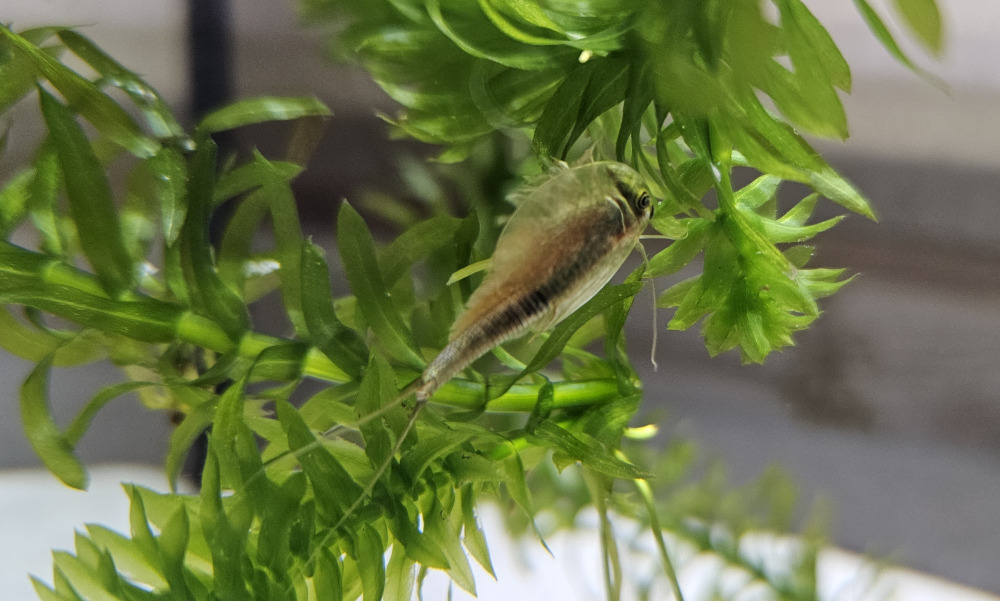Guide
Do you know the difference between Triops and prehistoric crabs?
Prehistoric crustaceans are a piece of past life on earth and have long fascinated people with their characteristic appearance and impressive adaptability. They are very popular among hobby biologists and aquarists and make both children and adults happy. However, terms such as Triops and prehistoric crayfish are often used interchangeably, although there are actually some differences between them. In this blog post, we will take a closer look at these fascinating creatures and I will explain the differences between Triops and prehistoric crayfish.

What are prehistoric crabs?
Prehistoric crustaceans are a group of crustaceans that have existed on Earth for many millions of years. They belong to the class Branchiopoda and are known for their ability to withstand extreme environmental conditions, including drought and salt water. These amazing animals can live in temporary bodies of water such as puddles, ponds or pools and can even survive in a state of torpor when their habitats dry out.
Triops: A special kind of prehistoric crustacean
Triops are a specific genus of prehistoric crustaceans that are often referred to as “three-eyed” crustaceans. They are known for their triangular head shape and their three characteristic appendages, from which they derive their name. Triops are fascinating creatures that have existed on earth for more than 200 million years. They are known for their rapid development and can grow from eggs to adult crustaceans in a matter of weeks.
Differences between Triops and other prehistoric crustaceans
Although Triops belong to the group of prehistoric crustaceans, there are some differences between them and other representatives of this fascinating group of animals:
- Size and appearance: Triops are generally larger than most other species of prehistoric crustaceans. They can grow up to several centimetres in length and have a characteristic triangular head shape with three appendages.
- Habitat: Triops are often found in temporary bodies of water, while other species of crustaceans can be found in a variety of habitats, including salt ponds, puddles and even moss.
- Life cycle: The life cycle of Triops is relatively short compared to other crustaceans. They have a fast development time and can grow from egg to adult form within a few weeks.
- Reproduction: Triops are known to reproduce by parthenogenesis, which means that females can lay eggs without fertilisation by males. This is a unique characteristic not shared by all species of prehistoric crustaceans.
Why are prehistoric crabs and Triops so fascinating?
Prehistoric crustaceans and Triops in particular are fascinating creatures for various reasons:
- Their ability to withstand extreme environmental conditions makes them masters of adaptability.
- Their primeval appearance and long evolutionary history fascinate scientists and nature enthusiasts alike.
- The ability to breed them at home in an aquarium or a simple container makes them popular pets and objects of scientific experimentation.
Triops and prehistoric crabs – Conclusion
All in all, Triops and prehistoric crustaceans are fascinating creatures that offer us an insight into the astonishing diversity of life on our planet. Their unique characteristics and long evolutionary history make them fascinating objects of study for scientists and coveted pets for people all over the world.